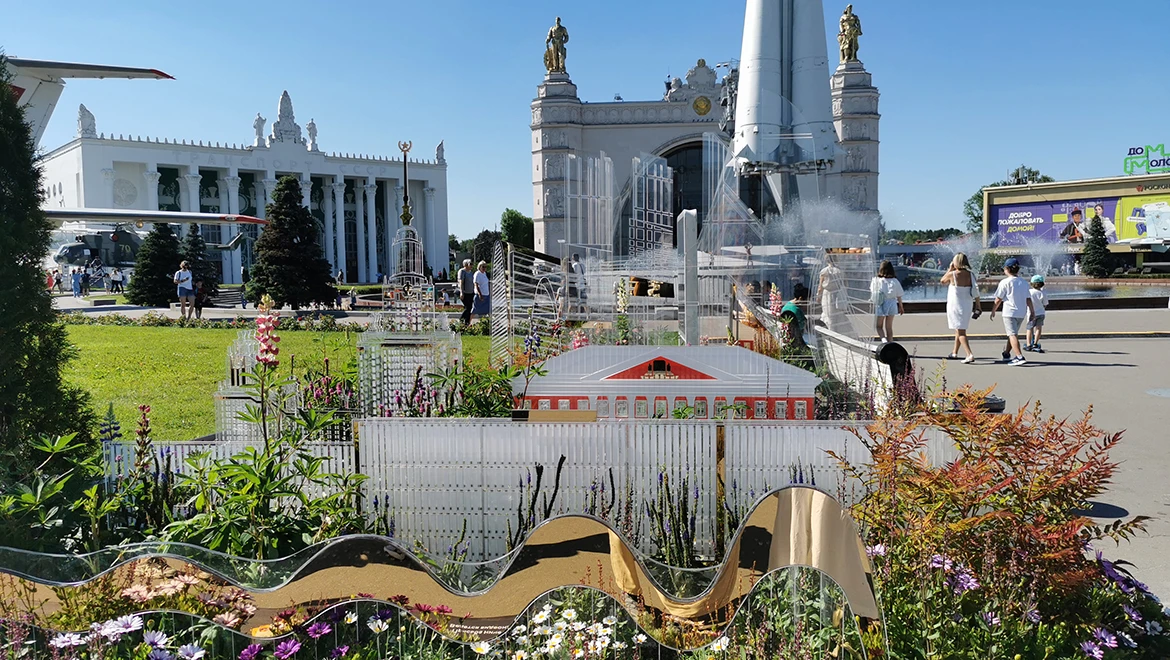Steppe Sage. Rostov Region
In hot weather, blooming sage in the Don steppe emits a
spicy and rich fragrance, somewhat similar to the aroma of lavender, with hints
of wild herbs and pine. Moreover, the purple-violet flowers stand out
prominently against the mixed grassland background.
In the
region, the most common type is steppe sage (or meadow sage). It prefers
dry meadows, forest edges, and grows along roadsides, fields, and wastelands.
The plant's stem, along with its flowers, reaches up to 60 centimeters in
height.
The medicinal properties of sage have been known since ancient times. The beneficial qualities of sage for humans are due to its high content of essential oils, tannins, and phytoncides. The plant has astringent, anti-inflammatory, and antimicrobial effects. It is used in the treatment of gastrointestinal diseases, sore throats, stomatitis, and bladder inflammation. Sage is also used to relieve toothache.
Sage is a highly aromatic spice, added in small quantities to cheese and herb omelets, kebabs (especially pork and lamb), homemade sausages, kidneys, game, and ham.
In folklore, sage was given special attention. Women, especially young
ones, were often made to drink brewed sage to increase fertility. It was
believed that planting sage in the yard would prolong the life of the household
members. To protect their home from evil spirits, peasants would bury an old
sock filled with sage under the threshold.
Along with the RUSSIA EXPO, the flower festival is also coming to an end.
The "Future in Flowers" festival continues at the RUSSIA EXPO, where unique flowerbeds from all regions of our country can be seen at the "Space" pavilion until July 8.
The RUSSIA EXPO concludes on July 8, and with it, the flower festival will also come to an end.





